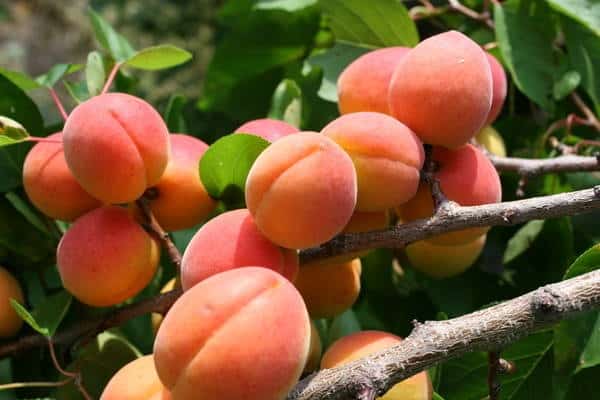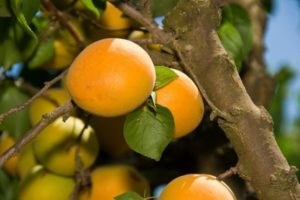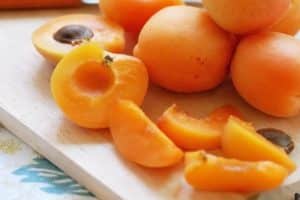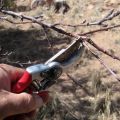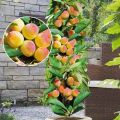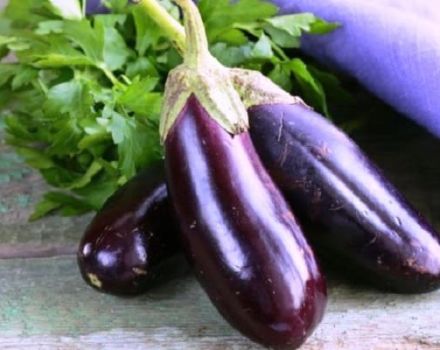Description of the apricot variety Sardonyx, characteristics of fruiting and cultivation features
With apricot Sardonyx it is impossible to remain without a crop. The variety has a high frost resistance index not only of wood, but of flowers. Gardeners plant 1-2 trees on the site and enjoy juicy fruits to their hearts content.
History of origin
Michurin began to work on the zoning of thermophilic apricots. His most successful varieties were taken as the basis for the work of the followers of the breeder. Sardonyx was obtained by crossing the Champion of the North and Amber.
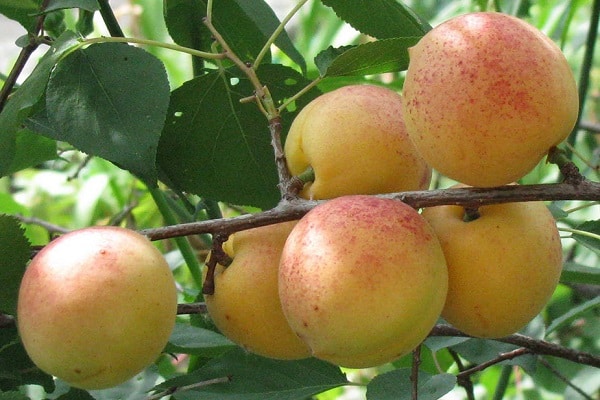
Description of the variety
Gardeners do not hesitate to occupy the planting area with Sardonyx. He has excellent technical data. The description of the variety confirms this:
- the apricot begins to bear fruit in the 4-5th year of life in the garden;
- medium late variety (fruits ripen in mid-August);
- partial self-fertility (pollinating plants are required to obtain a good harvest);
- frost resistance of the tree minus 33.7 degrees Celsius, blossoming flowers - 2.8;
- medium-sized tree (up to 3 m tall);
- the crown is dense, spherical;
- the bark is brown, thick;
- leaves are large, the edge is slightly serrated;
- flowers are white.
Sardonyx requires the presence of pollinators. Amber, Michurinsky Best, Champion of the North will do.
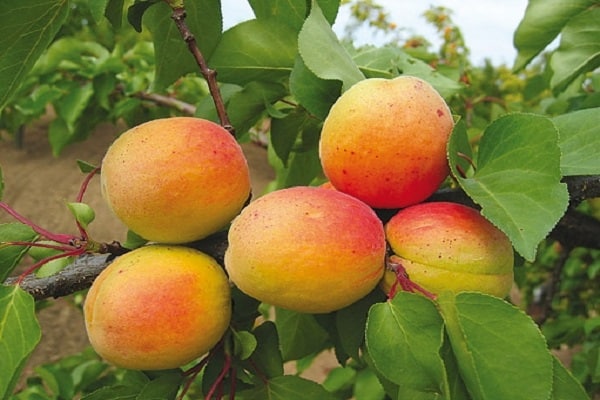
Characteristics of apricots:
- maximum fruit weight 52 g;
- the shape of the apricot is ovoid, irregular;
- the skin is dense, strong;
- apricot yellow;
- the pulp is juicy, yellow;
- the taste is delicate, sweet and sour;
- the aroma is pleasant;
- the bone of a ripe fruit is easily separated.
A tree takes up a lot of space in a summer cottage: it is recommended to place trees at a distance of 5-6 m from each other.

Growing features
To obtain a stable annual harvest of delicious fruits, you should follow the growing rules.
Soil selection
Sardonyx is not capricious. But it requires a loose, fertile soil with a neutral or slightly alkaline reaction. On acidic soils, liming is recommended before planting. Heavy clay soils should be sanding (a bucket of coarse sand per 1 square meter should be brought in for digging).
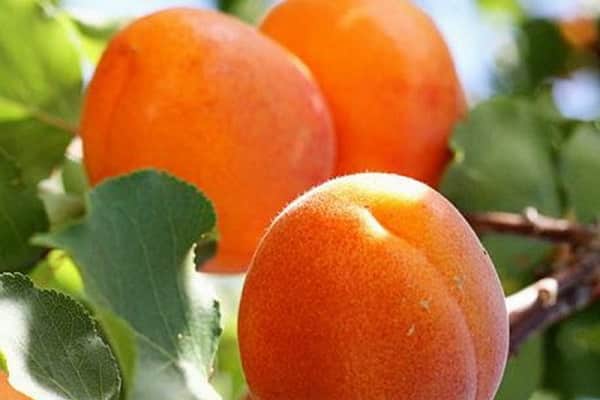
It is required to prepare a landing pit in advance. Its size: 70 cm x 70 cm x 70 cm. The soil is removed and folded neatly next to the pit. Then it is mixed with mature organic matter and mineral complex and returned to its place. It is recommended to cook the pit in the spring with the planned autumn planting and in the fall - with the spring.
It is important to take into account the depth of the groundwater: Sardonyx does not tolerate waterlogging in the root area.Groundwater should be deeper than 3-4 m from the soil surface.
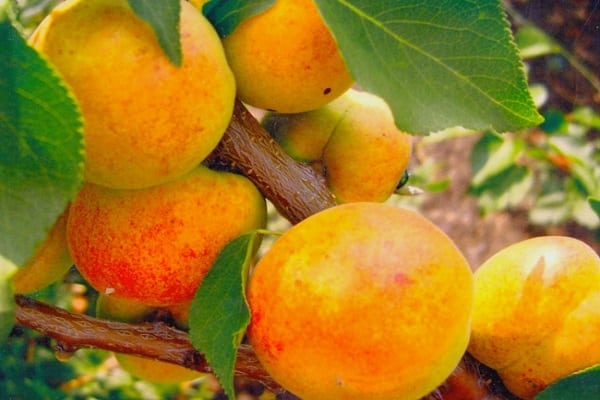
Optimal planting period
A young tree should root properly before winter begins. Only in this way will he be able to survive an unfavorable time.
Sardonyx should be planted in early spring (before bud break) or in autumn (in the first half of September, 3-4 weeks before the onset of a stable cold snap).
If the gardener cannot immediately plant the purchased seedling in a permanent place, the tree should be dug into a trench. So the apricot will wait for the placement time without harm to itself.
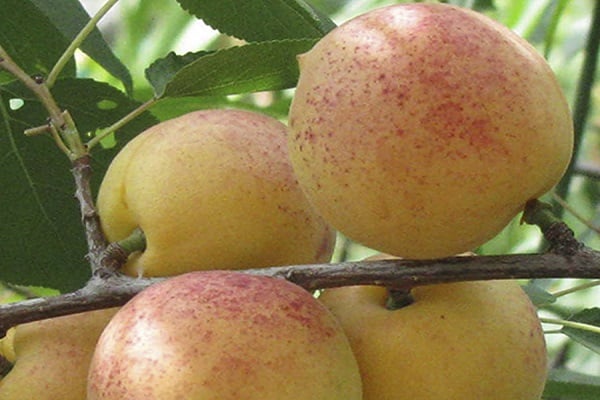
Growing technology
Sardonyx requires compliance with growing technology. Only in this case will the gardener get a good harvest.
Watering
An adult Sardonyx is self-sufficient in water. It is recommended to water it only during prolonged drought. Young seedlings require regular moisture (once every two weeks).
Watering should be stopped 2-3 weeks before the fruits ripen: excessive moisture will ruin the taste of apricots.
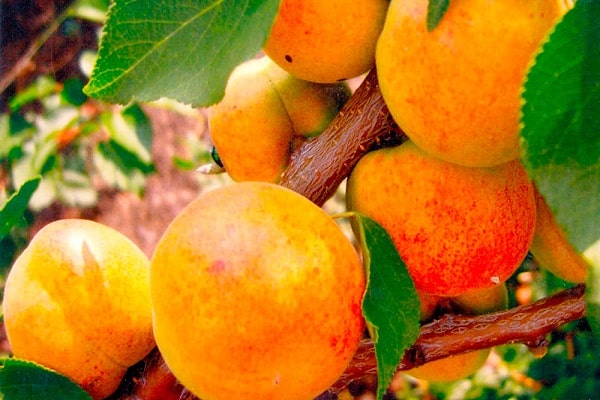
Pruning
Sardonyx is prone to overgrowth. Excess shoots need to be cut off. Formative pruning should be done regularly. The optimal time is early spring or late autumn. Sap flow stopped at this time. The tree will survive the operation painlessly. Pruning rules:
- the crown should be transparent;
- all dried and damaged (during snowfall or wind) shoots are removed;
- branches growing at an acute angle or crossing branches are cut;
- cuts are made “on the ring” (to avoid rot);
- wounds larger than 1.5 cm are covered with garden varnish or oil paint (to protect against bacteria and fungi).
For trimming, a disinfected (with alcohol or potassium permanganate) and well-sharpened tool is used.
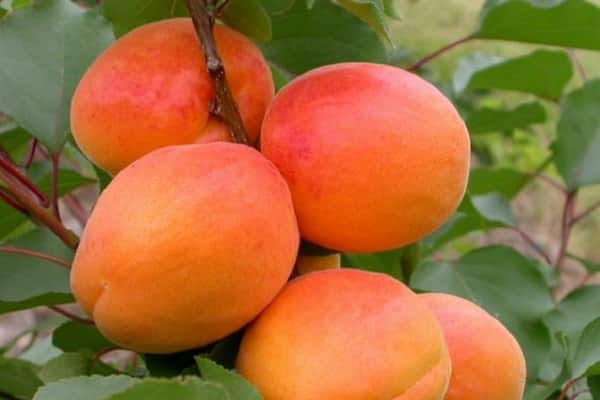
Top dressing
Sardonyx is responsive to fertilization. Mineral complexes are recommended to be applied in spring and autumn. Mature organics - only in spring. Compost and humus are poured out along the trunk circle. The ground is then loosened.
Reproduction
Gardeners often strive to multiply the variety. This can be done by vaccination. An apricot with different characteristics grows from the stone. It can be used as a rootstock. And the scion should be taken from an adult Sardonyx tree.
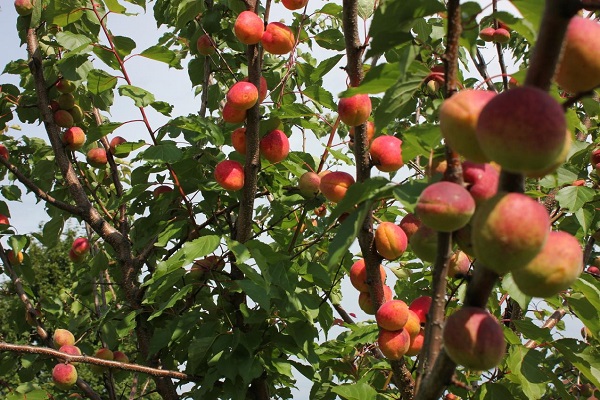
Diseases and pests
Sardonyx has weak immunity. To protect against pests, it is recommended to carry out preventive treatments with insecticides. If signs of pest infestation appear, insecticides should be applied.
Spraying with copper-containing preparations will help protect the variety from diseases. Preventive measures give excellent results: removal of plant residues, timely weeding out.
